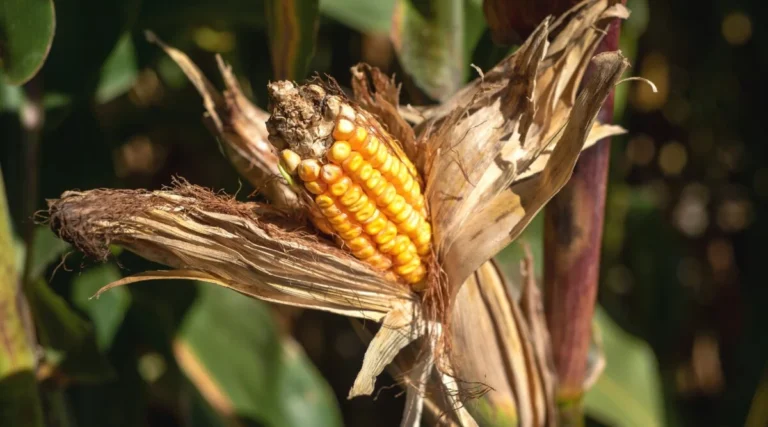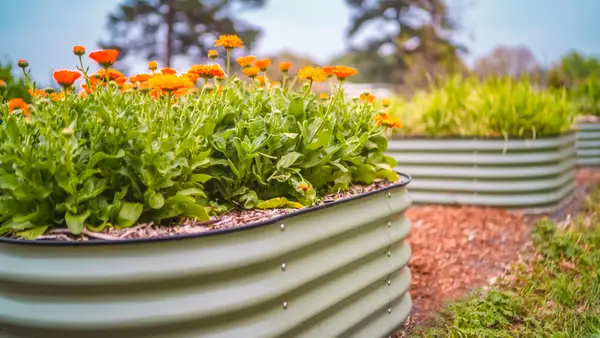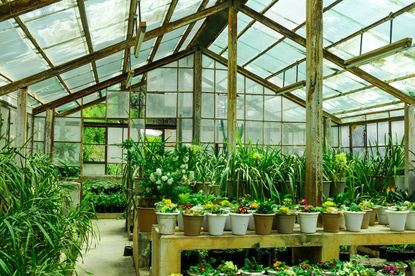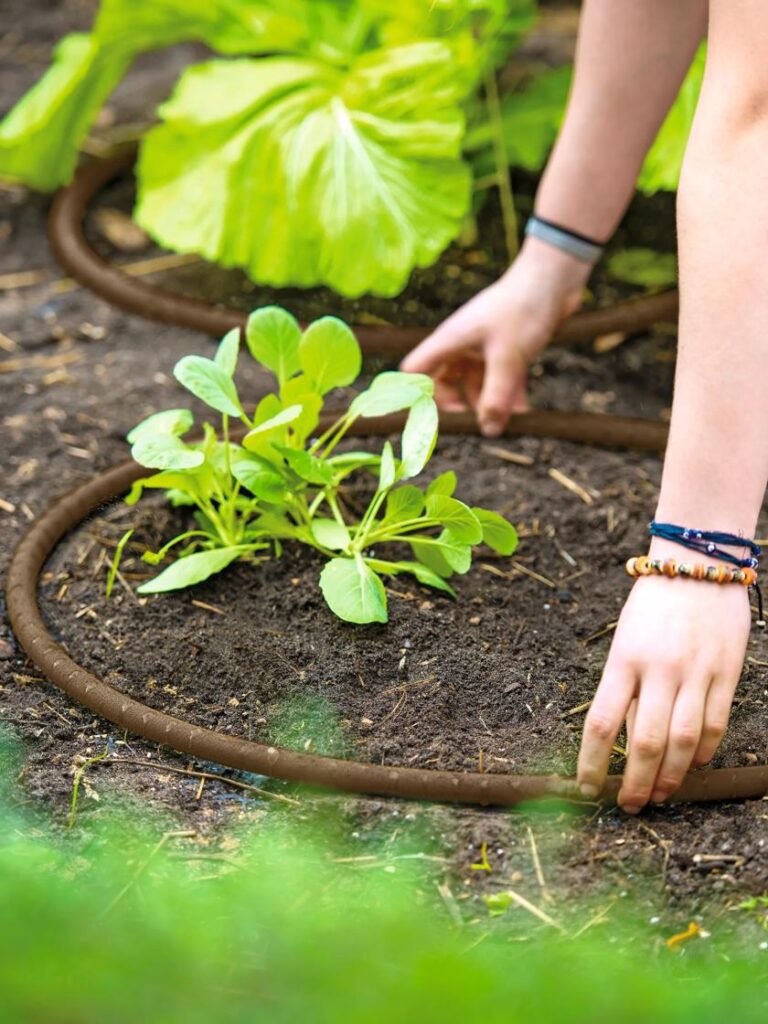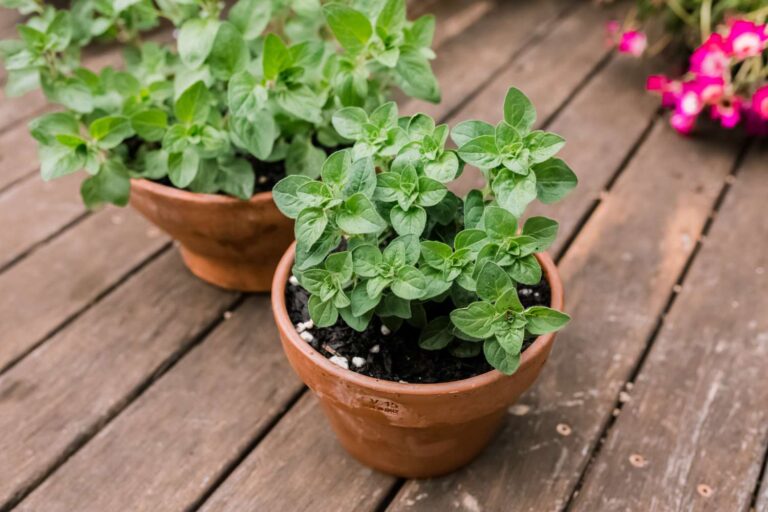How to Identify and Treat Iron Deficiency in Your Plants
Table of Contents
Understanding the Role of Iron in Plant Health
Iron plays a crucial role in the overall health and well-being of plants. As an essential micronutrient, it is involved in various biochemical and physiological processes that are vital for plant growth and development. One of its primary functions is aiding in the synthesis of chlorophyll, the pigment responsible for photosynthesis. Without sufficient iron, plants cannot produce enough chlorophyll, which can result in stunted growth and overall poor plant health.
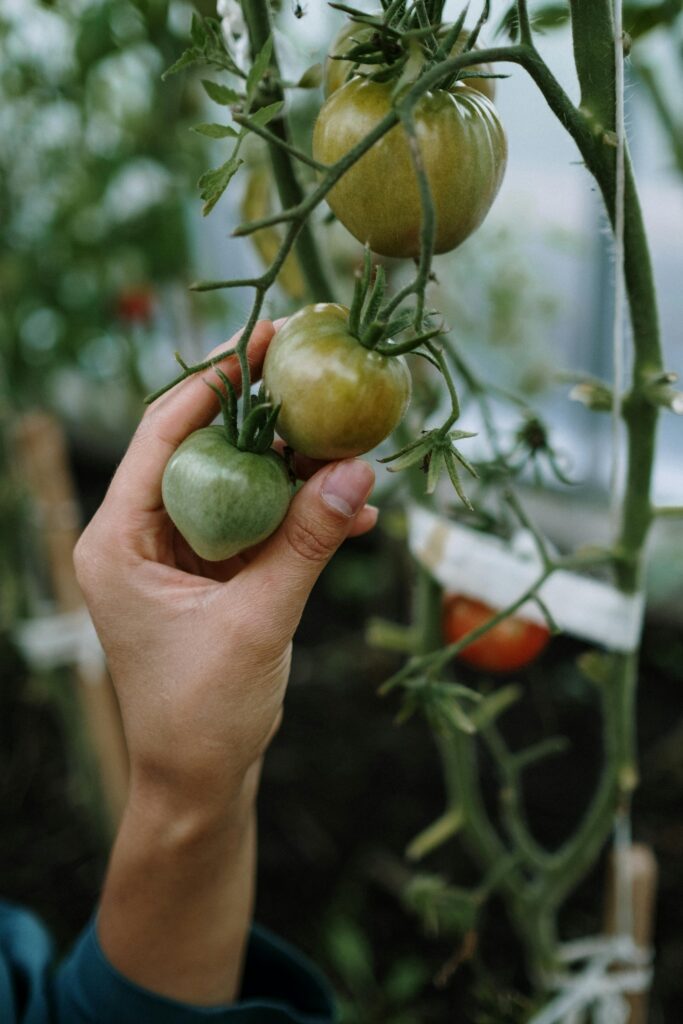
Additionally, iron is a key player in electron transfer reactions within the plant cells, helping to facilitate essential metabolic processes. It is also involved in the production of enzymes and proteins that are crucial for plant growth and the defense against diseases and pests. In fact, iron is a critical component of many enzymes involved in the synthesis of DNA and RNA, as well as in the metabolism of carbohydrates and nitrogen compounds. Overall, the presence of adequate iron levels in plants is essential for optimal growth, nutrient uptake, and overall plant vigor. Understanding the role of iron in plant health is fundamental to maintaining thriving and productive gardens and landscapes.
Common Symptoms of Iron Deficiency in Plants
Iron deficiency is one of the most common nutritional problems in plants, and it can manifest in a variety of symptoms. The first noticeable sign is usually yellowing of the leaves, a condition called chlorosis. In the case of iron deficiency, the chlorosis affects the new growth first, with leaves appearing pale or even white between the veins while the veins themselves remain green. This distinctive pattern is a key indicator of iron deficiency in plants.

As the deficiency progresses, leaves may become smaller and exhibit stunted growth. In severe cases, the edges of the leaves may turn brown and appear scorched. Additionally, plants suffering from iron deficiency may experience reduced flower and fruit production, as well as weakened overall vigor. Understanding and recognizing these symptoms is crucial for timely intervention to restore the iron levels and ensure the health and productivity of your plants.
Conducting a Visual Inspection of Your Plants
To ensure the health and vitality of your plants, conducting a visual inspection is a crucial step in identifying potential issues. By closely observing the visual cues, you can gain valuable insights into the overall well-being of your plants. Start by examining the foliage for any signs of discoloration or unusual patterns. Iron deficiency often manifests as yellowing or whitening of the leaves, particularly in younger growth. Take note of whether the yellowing occurs between the veins, as this is a common symptom of iron deficiency. Additionally, pay attention to any stunted or distorted growth, which can be indicative of inadequate iron uptake. By thoroughly inspecting your plants, you can detect these visual markers and take appropriate action to address iron deficiency.
In addition to foliage inspection, scrutinizing the roots of your plants can provide further insights into their iron status. Gently remove a plant from its pot or carefully excavate soil around the base of an in-ground plant to expose the roots. Iron-deficient plants may exhibit pale or white roots, indicating a lack of iron uptake. Conversely, healthy roots should appear firm and have a vibrant, reddish-brown color. If you notice any abnormalities, it is important to investigate further and implement the necessary measures to rectify the iron deficiency.
Conducting a Soil Test to Confirm Iron Deficiency
When it comes to diagnosing iron deficiency in plants, conducting a soil test is a crucial step. Soil testing allows you to determine the nutrient levels in your soil, including the availability of iron. To confirm iron deficiency, it is recommended to send a soil sample to a reputable laboratory for analysis.
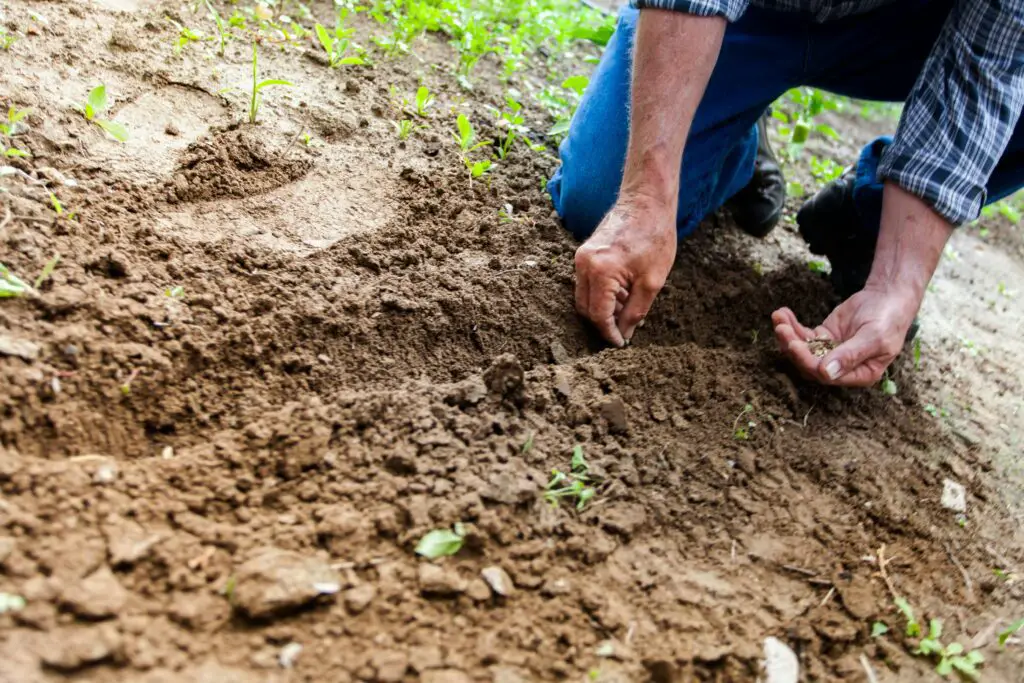
During the soil test, experts analyze the pH, nutrient levels, and other key factors that can impact iron uptake by plants. One of the primary indicators of iron deficiency is a high pH, as alkaline soils tend to have reduced iron availability. The lab will provide you with a detailed report that includes the iron content of your soil and any other deficiencies that may be present. This information is valuable in guiding your next steps in addressing the iron deficiency in your plants. By conducting a soil test and gaining a clear understanding of your soil’s nutrient composition, you can effectively confirm any iron deficiency and make informed decisions regarding the necessary solutions.
Factors Affecting Iron Availability in Soil
Iron availability in soil is influenced by several key factors that can either enhance or inhibit its uptake by plants. One of the main factors is soil pH. Iron availability is optimal when the pH level falls within a specific range. In alkaline soils with a pH above 7, iron tends to become less soluble and therefore less accessible to plants. On the other hand, highly acidic soils below pH 5 can lead to excessive iron availability, which can be toxic to plants. It is crucial for gardeners to test and adjust soil pH levels accordingly to promote a balanced and favorable environment for iron uptake.
| Factor | Influence on Iron Availability |
|---|---|
| Soil pH | High pH reduces solubility, limiting iron availability |
| Organic Matter | Enhances iron availability by chelation |
| Soil Texture | Clayey soils may retain iron, affecting its mobility |
| Microbial Activity | Microorganisms influence iron transformations |
| Redox Potential | Oxygen availability affects iron redox reactions |
| Competing Ions | Presence of other ions may interfere with uptake |
Another factor that affects iron availability is the presence of other soil minerals. High levels of competing minerals such as calcium, magnesium, and manganese can interfere with iron absorption by plants. These minerals can form complexes or bind with iron, making it less available to plant roots. Similarly, excessive amounts of phosphorus in the soil can also impede iron uptake. When planning fertilization strategies, it is important to consider the overall mineral balance in the soil and ensure that iron availability is not being hindered by an imbalance of other essential nutrients. By understanding and addressing these key factors, gardeners can help optimize iron availability in the soil and support healthy plant growth.
Adjusting Soil pH Levels to Improve Iron Uptake
Adjusting the soil pH levels is a crucial step in improving iron uptake in plants. Iron availability in soil is greatly influenced by soil pH, with iron becoming less soluble in alkaline soils and more accessible in acidic soils. Therefore, ensuring the optimal pH range for iron absorption can significantly enhance plant health.
Here’s a concise representation of adjusting soil pH levels to improve iron uptake in bullet points:
- Low (Acidic) pH:
- Increased solubility of iron.
- Recommended Action: Add lime to raise pH.
- Neutral pH:
- Optimal for iron availability.
- Recommended Action: Maintain pH within the range of 6.5-7.
- High (Alkaline) pH:
- Reduced solubility of iron.
- Recommended Action: Add sulfur or acidifying agents to lower pH.
These points outline the effects of different soil pH levels on iron availability and suggest actions for improvement. Feel free to use this information as a quick reference.
To begin, it is important to determine the current pH level of your soil through a soil test. This will provide valuable information about the acidity or alkalinity of your soil and guide you in making necessary adjustments. Most plants tend to thrive in a slightly acidic to neutral pH range, ideally between 6.0 and 7.0, allowing for optimal iron uptake.
If your soil pH is found to be too high or alkaline, amendments can be made to lower the pH and improve iron availability. One effective method is the addition of elemental sulfur or sulfur-based compounds such as sulfuric acid. These substances will gradually lower the pH over time, making iron more soluble and accessible to the plants. It is important to note that adjusting soil pH is a gradual process and should be done with caution, taking into account the specific requirements of your plants.
Enhancing Iron Absorption through Organic Matter
Organic matter plays a crucial role in enhancing iron absorption in plants. When incorporated into the soil, organic matter acts as a source of nutrients, including iron, that plants can readily take up. It improves the overall health and structure of the soil, ensuring optimal conditions for iron availability and uptake by plant roots.
The decomposition of organic matter releases organic acids, such as citric acid and oxalic acid, which help solubilize iron and make it more accessible to plants. These organic acids form complexes with iron, preventing it from precipitating and becoming unavailable to plants. Additionally, organic matter increases the cation exchange capacity of the soil, which allows the soil to hold onto and release essential nutrients, including iron, when needed by plants.
To enhance iron absorption through organic matter, you can incorporate compost, well-rotted manure, or other organic materials into your soil prior to planting. Aim for a balanced and well-composted organic matter, as poorly composted materials may contain high levels of phytotoxic compounds that can harm plants. Monitoring and maintaining organic matter levels in your soil over time is important, as it gradually decomposes and needs replenishment. Remember, a healthy soil rich in organic matter is key to ensuring optimal iron uptake and the overall well-being of your plants.
Utilizing Iron Chelates for Quick Iron Boost
Iron chelates are a valuable tool for quickly boosting iron levels in plants experiencing deficiency. Chelates are compounds that bind to iron, allowing it to remain soluble and available for plants to absorb. One commonly used chelate for addressing iron deficiency is known as EDTA (ethylenediaminetetraacetic acid). EDTA chelates are stable and provide a readily accessible form of iron that plants can easily take up.
When utilizing iron chelates, it is important to consider the specific needs of your plants. Different chelates have varying degrees of stability and effectiveness in different pH ranges. For example, EDTA chelates are most efficient in slightly acidic to neutral soils. On the other hand, plants growing in alkaline soils might benefit from the use of EDDHA (ethylenediamine-N,N’-bis-(2-hydroxyphenylacetic acid)) chelates, which remain available in a higher pH range. By selecting the appropriate chelate based on your soil pH, you can ensure maximum iron availability for your plants.
When applying iron chelates, it is important to follow the manufacturer’s instructions for dosage and application methods. In most cases, chelates are diluted in water and either applied directly to the soil or sprayed onto the foliage. Foliar application can be particularly beneficial for plants with poor iron uptake through the roots, as it allows the iron to be absorbed directly into the leaves. However, it is crucial to avoid excessive applications, as this can lead to leaf burn or other adverse effects. Regular monitoring of iron levels and plant response will help determine the appropriate frequency and dosage of iron chelate applications.
Applying Foliar Sprays to Address Iron Deficiency
Foliar sprays can be an effective method to address iron deficiency in plants. When applied correctly, these sprays provide a direct and immediate source of iron, bypassing any soil deficiencies that may be hindering uptake. The leaves of plants are equipped with special structures called stomata, which allow for the absorption of nutrients. By applying a foliar spray enriched with iron, the nutrient can be readily absorbed through the stomata and transported to the parts of the plant that need it most.
It is important to note that foliar sprays should be used as a supplement, not a substitute, for addressing long-term iron deficiencies. While they provide a quick boost of iron, they do not address the underlying issues in the soil. It is recommended to conduct a visual inspection of your plants and a soil test beforehand to confirm the iron deficiency and determine the appropriate treatment. Once you have confirmed the deficiency, foliar sprays can be used strategically to provide immediate relief while other measures are taken to improve iron uptake in the long term.
Choosing the Right Fertilizer for Iron-Deficient Plants
Choosing the right fertilizer is crucial when it comes to addressing iron deficiency in plants. While there are many options available on the market, it is important to select a fertilizer that is specifically formulated to provide the necessary amount of iron. Look for fertilizers that contain chelated iron, as this form of iron is more readily available to plants and can be easily absorbed. Chelated iron is bound to a compound that helps protect it from being tied up in the soil, allowing plants to access it more efficiently.
Additionally, it is worth considering fertilizers that also contain other essential micronutrients, such as manganese and zinc. These micronutrients work synergistically with iron to support optimal plant growth and development. Look for fertilizers with a balanced ratio of these nutrients to ensure your plants receive the nutrients they need in the right proportions.
When applying the fertilizer, be sure to follow the instructions provided by the manufacturer. Over-fertilization can lead to nutrient imbalances and potential damage to your plants. Remember, choosing the right fertilizer is just one step in addressing iron deficiency. Other factors such as soil pH and organic matter content should also be addressed to create a favorable environment for iron uptake. Stay tuned for the following sections to learn more about optimizing soil conditions and implementing proper watering techniques to enhance iron uptake in plants.
Implementing Proper Watering Techniques for Iron Uptake
Proper watering techniques play a vital role in facilitating the uptake of iron in plants. Water acts as a medium through which nutrients, including iron, are transported from the soil to the plant roots. In order to ensure optimal iron uptake, it is important to follow some key guidelines when it comes to watering your plants.
Firstly, it is crucial to provide your plants with consistent and adequate moisture. Avoid overwatering, as excessive soil moisture can lead to poor iron uptake and root rot. On the other hand, underwatering can also hinder iron absorption. To strike the right balance, regularly monitor the moisture levels in the soil by sticking your finger into the ground. If it feels dry up to the first knuckle, it’s time to water. However, if the soil feels excessively wet or waterlogged, delay watering until it becomes slightly drier.
Secondly, consider the timing and frequency of watering. Generally, it is recommended to water plants in the morning to allow sufficient time for the foliage to dry before evening. This helps to prevent the growth of fungal diseases that can further hinder nutrient absorption, including iron. Additionally, aim for deep, thorough watering rather than frequent, shallow watering. Deep watering encourages the development of deep and extensive root systems, promoting better access to iron and other essential nutrients in the soil.
By implementing these proper watering techniques, you can enhance iron uptake in your plants and contribute to their overall health and vitality. However, it is important to note that watering alone may not completely address iron deficiency if other factors, such as soil pH or organic matter, are also causing the problem. In such cases, it may be necessary to combine proper watering practices with other methods to effectively treat iron deficiency in plants.
Preventing Iron Deficiency through Good Plant Care Practices
Preventing Iron Deficiency through Good Plant Care Practices is essential for maintaining the health and vigor of your plants. By implementing the following practices, you can ensure that your plants have access to an adequate supply of iron, preventing deficiencies and promoting optimal growth.
Firstly, it is crucial to provide your plants with a well-balanced and nutrient-rich soil. This can be achieved by regularly incorporating organic matter into the soil, such as compost or well-rotted manure. Organic matter improves the soil’s structure and fertility, allowing for better nutrient retention and absorption, including iron. Additionally, organic matter enhances microbial activity in the soil, which aids in the conversion of insoluble iron compounds into forms that are readily available to plant roots.
Secondly, proper water management is vital in preventing iron deficiency. Overwatering or poor drainage can lead to oxygen deprivation in the root zone, limiting the plant’s ability to uptake iron. Therefore, it is essential to water your plants appropriately, ensuring that the soil is moist but not waterlogged. Consider using drip irrigation or other water-saving techniques to provide a consistent and controlled water supply to your plants.
By implementing these good plant care practices, you can significantly reduce the risk of iron deficiency in your plants. However, it is important to note that every plant has its specific iron requirements, and periodic monitoring of their health and nutrient levels is crucial for timely intervention. In the following sections, we will explore various methods for monitoring and maintaining optimal iron levels in the long term.
• Regularly incorporate organic matter into the soil, such as compost or well-rotted manure
• Improve soil structure and fertility for better nutrient retention and absorption, including iron
• Enhance microbial activity in the soil to convert insoluble iron compounds into plant-available forms
• Ensure proper water management to prevent oxygen deprivation in the root zone
• Avoid overwatering or poor drainage that can limit iron uptake by plants
• Water plants appropriately, keeping the soil moist but not waterlogged
• Consider using drip irrigation or other water-saving techniques for consistent and controlled watering
• Periodically monitor plant health and nutrient levels to ensure timely intervention if necessary.
Monitoring and Maintaining Iron Levels in the Long Term
Iron plays a crucial role in maintaining the health and vitality of plants, and monitoring and maintaining iron levels in the long term is essential for ensuring optimal plant growth. Iron deficiency can have detrimental effects on plant health, leading to stunted growth, yellowing leaves, and reduced yield. To prevent and address iron deficiency, it is important to implement effective monitoring and maintenance practices.
Regular soil testing is a key component of monitoring iron levels in the long term. Through soil testing, gardeners can determine the iron content and pH levels of their soil, enabling them to make informed decisions regarding iron supplementation. By conducting periodic soil tests, gardeners can monitor changes in iron levels over time and adjust their fertilization practices accordingly.
In addition to soil testing, visual inspection of plants can provide valuable insights into their iron status. Monitoring plant foliage for symptoms of iron deficiency, such as interveinal chlorosis (yellowing between leaf veins), can indicate the need for iron supplementation. By closely observing their plants and promptly addressing any signs of iron deficiency, gardeners can take proactive measures to maintain optimal iron levels and promote healthy plant growth.
For more details check the vedio given below:
How can I prevent iron deficiency in plants?
You can prevent iron deficiency in plants by implementing good plant care practices, such as maintaining proper soil pH levels, incorporating organic matter into the soil, and using the right fertilizer for iron-deficient plants.
Can iron deficiency in plants be visually identified?
Yes, iron deficiency in plants can be visually identified through common symptoms like yellowing of leaves (chlorosis), stunted growth, and leaf veins remaining green while the rest of the leaf turns yellow.
Why is soil pH important for iron uptake in plants?
Soil pH is important for iron uptake in plants because iron availability is optimized at a specific pH range. If the soil pH is too high or too low, it can limit the plant’s ability to absorb iron, leading to deficiency.
How can I adjust soil pH levels to improve iron uptake?
You can adjust soil pH levels to improve iron uptake by adding amendments like elemental sulfur to lower pH (for alkaline soils) or lime to raise pH (for acidic soils). It is recommended to test the soil and follow the recommended application rates.
What role does organic matter play in enhancing iron absorption?
Organic matter improves iron absorption by enhancing the soil’s ability to retain moisture and nutrients, increasing microbial activity, and improving soil structure. This helps in releasing and making iron more available for plant uptake.
What are iron chelates and how can they help with iron deficiency?
Iron chelates are compounds that bind iron ions, making them more soluble and available for plant uptake. They can be applied to the soil as a supplement or as a foliar spray to provide a quick boost of iron to the plants.
How do foliar sprays help address iron deficiency in plants?
Foliar sprays directly apply iron to the leaves, bypassing potential soil limitations. This allows plants to quickly absorb iron and alleviate deficiency symptoms. However, foliar sprays should be used as a short-term solution and not as a long-term strategy.
What factors affect iron availability in soil?
Factors that affect iron availability in soil include soil pH, organic matter content, soil moisture levels, temperature, and the presence of other elements like phosphorus and manganese, which can compete with iron uptake.
Can improper watering techniques affect iron uptake in plants?
Yes, improper watering techniques can affect iron uptake in plants. Overwatering can lead to waterlogged soil conditions, reducing oxygen availability and inhibiting iron uptake. On the other hand, underwatering can also limit iron absorption due to drought stress.
How often should I monitor iron levels in my plants in the long term?
It is recommended to monitor iron levels in your plants regularly, especially if you have previously experienced iron deficiency. This will help you identify any changes or deficiencies early on and take appropriate measures to maintain optimal iron levels.


